Rani Lakshmibai – a fire undimmed, a spirit unbroken, a legacy unmatched
She lived with courage, fought with pride and rose to immortality, leaving behind a legacy that still inspires every Indian heart.
Total Views |
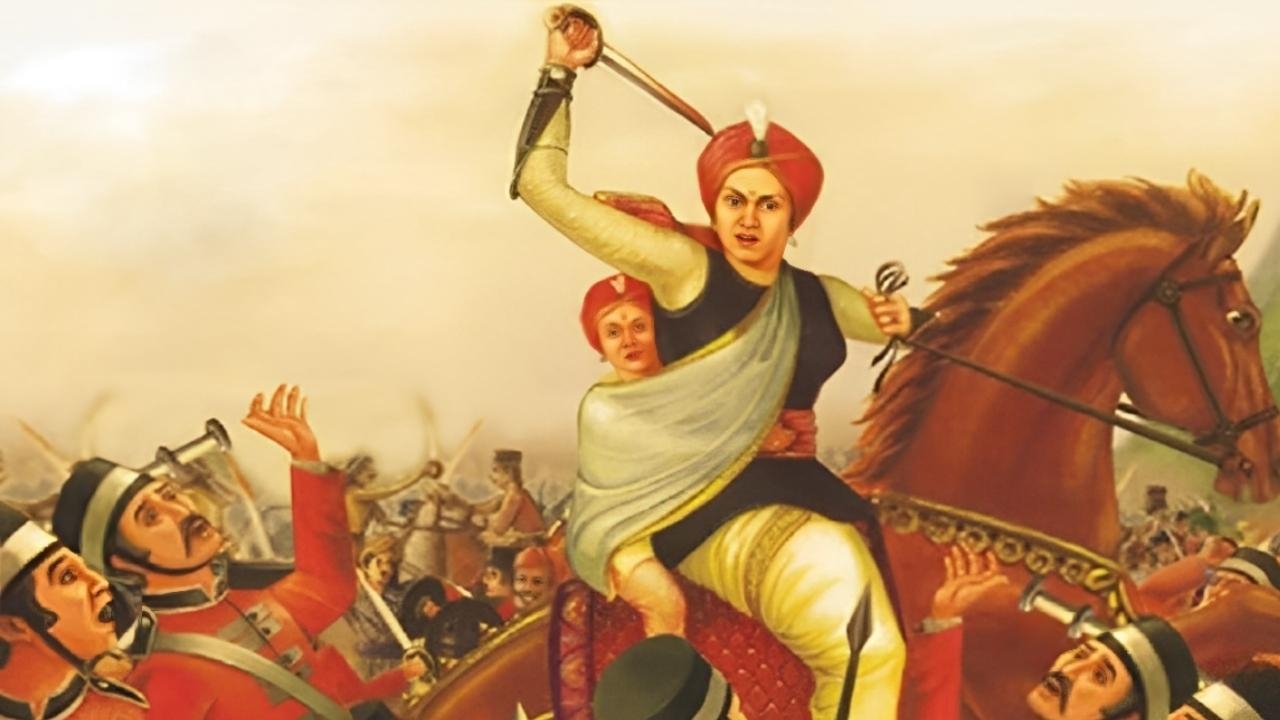
Some people may leave this world, but they are never truly forgotten. Their courage becomes part of history, and their stories are passed down through generations.
One such name in India’s journey to freedom is Rani Lakshmibai of Jhansi. On 18 June 1858, she gave everything she had while fighting against British forces.
Today, on her 167th remembrance day, we honour not just a queen, but a fire that sparked a revolution.
From Manubai to Rani, the making of a rebel queen
She was born as Manikarnika Tambe, lovingly called Manubai, on 19 November 1828 in Varanasi.
Her father worked for the Peshwa of Bithoor, and from a young age, Manu learnt horse riding, sword fighting and archery. This was unusual for girls at the time.
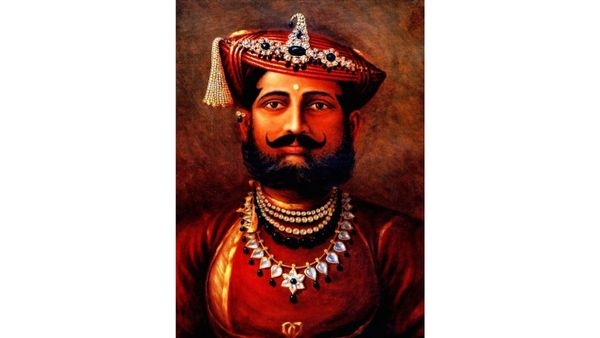
She didn’t just grow up, she grew strong. Her fearless nature and sharp mind stood out in every crowd. Later, she married the King of Jhansi, Raja Gangadhar Rao, and became known as Rani Lakshmibai.
But destiny had different plans. After the loss of their infant son, the royal couple adopted a child, Damodar Rao.Soon after, in 1853, the king also passed away. Rani Lakshmibai was left to stand alone and protect her land.
British greed faced a mother’s will
Trouble began when British Governor-General Lord Dalhousie introduced the Doctrine of Lapse. It said that if a ruler had no biological son, the British could take over the kingdom. They refused to accept Damodar Rao as a legal heir.
Rani Lakshmibai pleaded with the British to let her son rule. They did not listen. That is when she made up her mind and declared, “I shall not give up my Jhansi.”
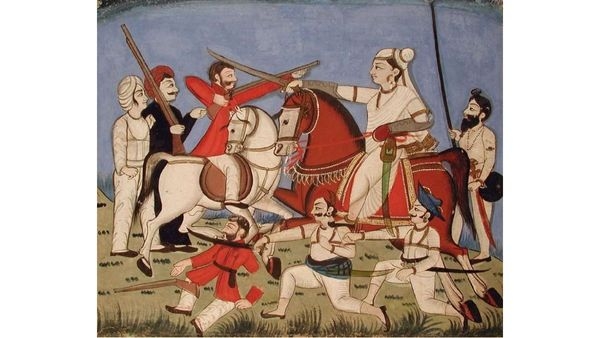
This was not only about a throne. It was about honour, identity and a mother’s fight for justice.
She was not ready to hand over her kingdom to foreign rule without a stand.
The 1857 Revolt and the warrior queen
By 1857, India was filled with anger. The Sepoy Mutiny had begun, the first major uprising against British rule.Rani Lakshmibai did not just join the movement, she led it.
She turned Jhansi into a stronghold. Men and women were trained under her command. One of her closest allies, Jhalkari Bai, even disguised herself as the queen to protect her in battle.
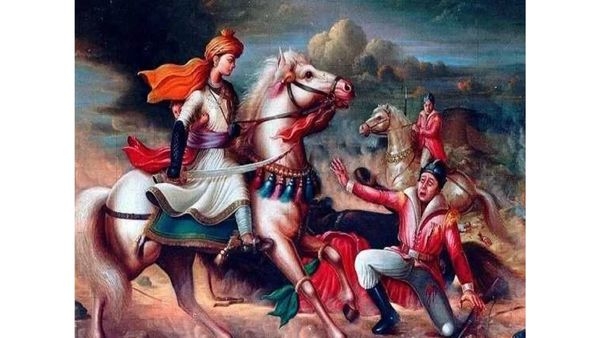
In March 1858, British General Sir Hugh Rose marched towards Jhansi with a large army. For nearly 18 days, Rani Lakshmibai and her forces defended the fort with great courage. British records later called her “the most dangerous of all Indian leaders”.
Though the fort eventually fell, she did not give in. She escaped on horseback, her son tied to her back, and joined rebel leaders in Kalpi and Gwalior to continue the struggle.
The final battle and the rise of a legend
On 18 June 1858, near Kotah ki Serai in Gwalior, Rani Lakshmibai once again faced the British army. Dressed as a soldier, she fought bravely with sword in hand, leading her troops till her last breath.
She was struck by a bullet and seriously wounded. Her loyal companions carried her to safety, to a nearby ashram.

There, in peace and dignity, she left this world.
Before leaving, she had one request. She said, “Do not let the British touch my body.”
Her wish was fulfilled. Her funeral was held in secret. No British eye saw her fall.
A symbol of women’s strength
Rani Lakshmibai was not only fighting for Jhansi. She was fighting for every Indian, especially for every woman told to remain silent and hidden.
At a time when women were denied education, freedom and respect, she led armies, faced political powers and stood strong against an empire.
She showed the world that a woman is not weak. She does not just need protection. She can protect, she can lead and she can change history.
Her story later inspired countless freedom fighters and revolutionaries, from Kalpana Dutta and Pritilata Waddedar to many present-day icons who carry her fire in the fight for justice and equality.
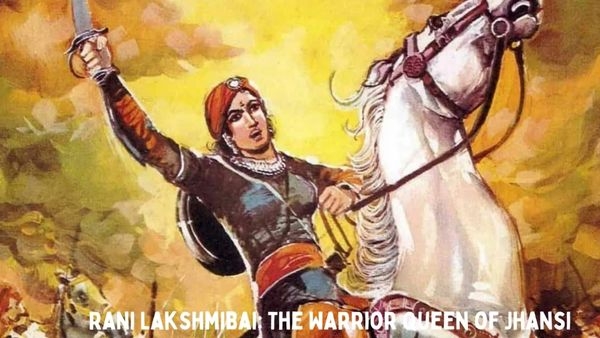
Even today, when women are still fighting for safety, rights and respect, Rani Lakshmibai remains more than just a historical figure. She is a living symbol of strength, pride and self-respect.
Rani Lakshmibai did not just protect a fort. She protected the dream of a free India. Her body may have fallen on that June day, but her flame still burns.
She reminds us that freedom is never gifted. It is earned. That leadership is not about crowns, but about courage.
And that even in the darkest of times, one woman’s light can show the way to millions.
So today, as we remember the brave queen of Jhansi, we do not simply look back.
We carry her courage forward.
Article by

Suronjon Mojumder
Intern, The Narrative

